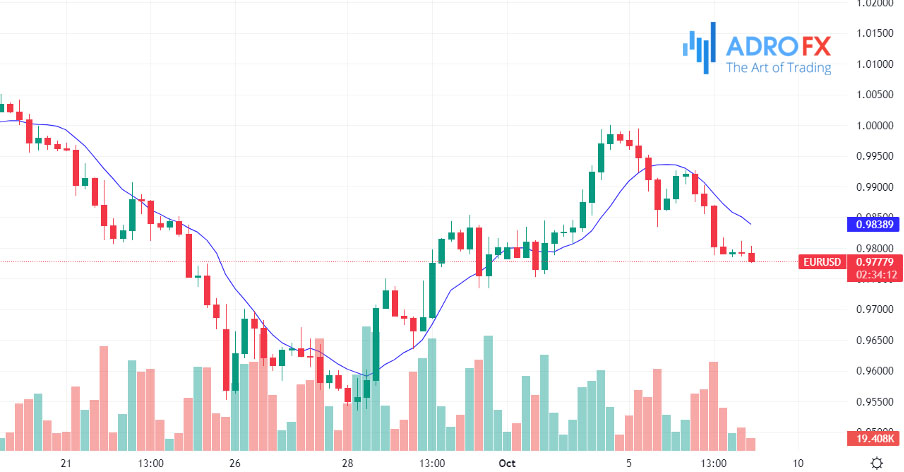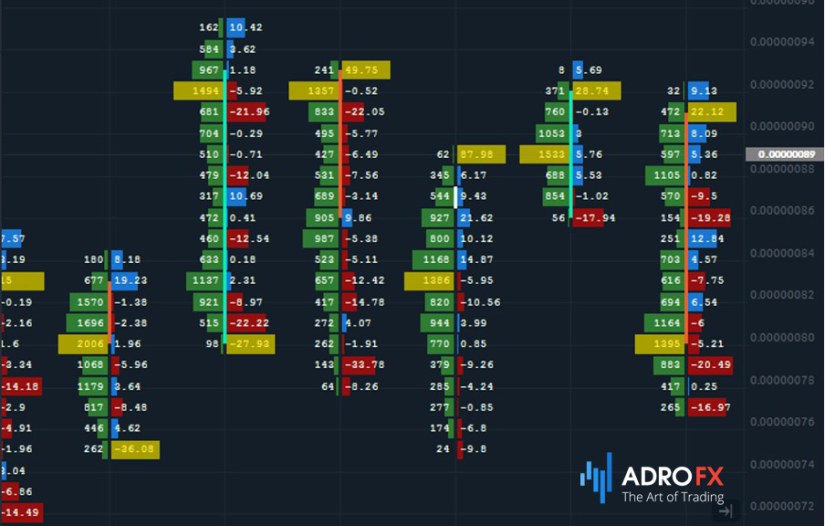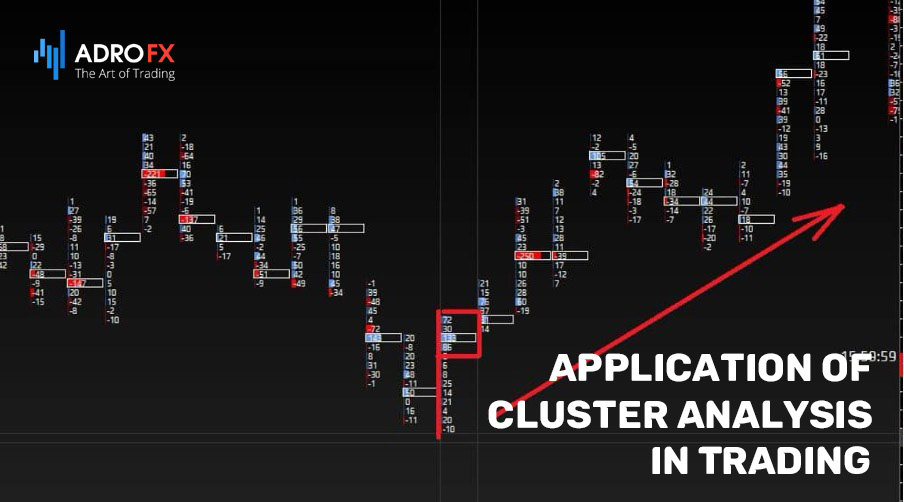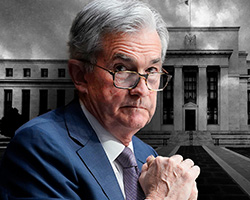Why Strong Dollar Bothers Central Banks | Daily Market Analysis

Key events:
USA — JOLTs Job Openings (Aug)
Eurozone — ECB President Lagarde Speaks
The technical reversal pattern Shooting Star is formed on the weekly chart of the DXY index. Philosophical Japanese, who gave such a romantic name to this pattern, did not assume how exactly it would tell about the current situation. The superstar of the last year and a half, the unstoppable dollar, has shown this configuration on the W1 timeframe for the first time since it took off. So, the star is falling.

After taking off from 104.5 pips in August and reaching a cosmic high of 114.7 pips, the DXY pulled back to close the week at 112.1 pips, leaving a long "shadow" of a pin bar. The new week opened below 112 points on October 3. The S&P 500 Index, however, continued its decline to 3,585 points.

The dollar's correction is notable for its causes, which tell us a lot about possible future moves. After all, the main factors of the dollar growth are unchanged: the continuing and prospective rigidity of the Federal Reserve System, geopolitical tensions, recession risks in the leading countries, inflation and the relative weakness of the economy in Europe, and so on.
But lately, the incredible strengthening of the dollar has become a "bone in the throat" for other countries and their central banks. For them, the strong dollar inadequately raises the price of imports measured in dollars and sharply increases inflation, reducing the profitability of production. Loans and borrowing, most of which are dollar-denominated, also become more expensive. All this is extremely unfortunate with the risks of stagflation in developed countries.
Now not only the Bank of Japan, which intervened in September in support of the yen, took a snap. But the Bank of England did not hold on to its gentlemanly prudery and calm at the sight of the sale of British bonds and the nearly three-fold increase in their yields since August - from 1.7% to 4.6%. And the stunning peak in the pound, which fell against the dollar from its August level of 1.23 by September 26 to a historic low below 1.04, prompting talk almost of parity.
The Bank of England said it was buying long-term bonds to stop the panic and calm the market. It partly succeeded. By October 3, the pound was above 1.12, and the bond yields fell to 4.12%. Against this backdrop, the euro also rose pretty well - from a twenty-year low of 0.95 to 0.98. After all, ECB head Christine Lagarde said on September 26 that even tighter monetary policy was needed to beat inflation.

But most importantly, the precedents are shown. Aversion to a frenzied dollar rally. The willingness of central bankers to counter it. And there was even an assumption by observers of the possibility of coordinated large-scale actions of the world's major regulators against the strengthening of the dollar.
It happened in 1985, already forgotten, under the "Plaza Accord" agreement between Great Britain, France, Germany, Japan, and, remarkably, the U.S. itself. It was signed not just anywhere but in New York. That is, the U.S. did not object to it but supported these coordinated measures to weaken the dollar.
The analogy suggests itself. After all, the Fed, by tightening policy now, is not seeking a stronger dollar, especially since it is to the detriment of the U.S. stock market and U.S. imports. But there is a "side effect" of the regulator's tightness here. And if the dollar does not rise as much as it is restrained by the measures of other central banks when the Fed's interest rate increases to fight inflation, this is only for the good of all. The famous WIN-WIN concept.
Be that as it may, we can assume that the dollar's rally will now at least slow down. The upward trend, of course, remains. But after an exciting and unsettling week of crazy highs and emotional lows, the correction could continue with technical targets of 109.8 to 110p for the DXY. And the new high near 115p would be strong resistance.
Still, this is unlikely to fully apply to equity indices just yet. It is no coincidence that the S&P 500 did not react to the dollar correction last week. Stocks are guided more by rates, government bond yields, and general risk sentiment than currency. And these factors are still unfavorable. In case they remain, further downward movement is probable, maybe more slowed down, with the first target at 3500 points.









